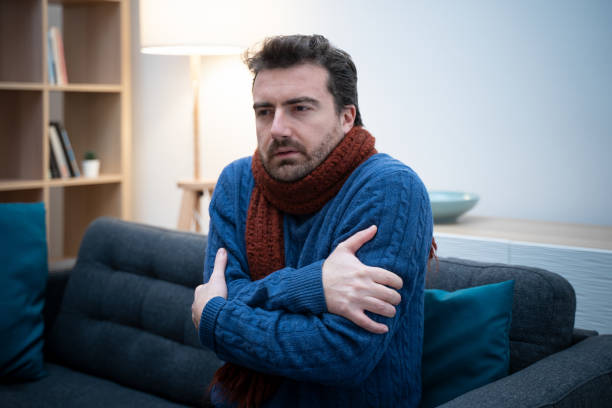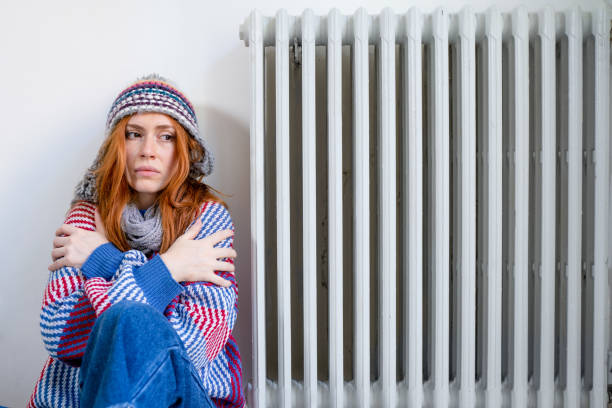Low body temperature, also known as hypothermia, is a medical condition characterized by a decrease in the body’s internal temperature below the normal range (95°F or 35°C). This can occur due to prolonged exposure to cold weather, immersion in cold water, or other environmental factors. In some cases, low body temperature can be a sign of an underlying medical condition, such as a thyroid problem, an infection, or an autoimmune disorder.
Symptoms of Low Body Temperature
The symptoms of low body temperature can vary depending on the severity of the condition. Some of the most common symptoms include:
Shivering: This is one of the first signs of low body temperature, as the body tries to generate heat to raise its temperature.
Fatigue: As the body temperature drops, a person may experience feelings of tiredness and weakness.
Confusion: Low body temperature can affect cognitive function and lead to confusion, disorientation, and memory loss.
Numbness and Tingling: The extremities, such as hands and feet, may become numb and tingly as the body tries to conserve heat.
Slurred speech: Low body temperature can also cause slurred speech and difficulty speaking.
Muscle stiffness: Muscles may become stiff and difficult to move as the body temperature drops.
Bluish skin: In severe cases of hypothermia, skin may become blue or pale due to decreased blood flow.
Treatment for Low Body Temperature
The treatment for low body temperature depends on the cause and severity of the condition. In mild cases, simply moving to a warm place and covering up with warm clothing can be enough to raise the body temperature. In more severe cases, medical treatment may be necessary.
Warm Up: In cases of mild hypothermia, moving to a warm place and changing into dry, warm clothing can help raise the body temperature. Warm drinks and non-alcoholic fluids can also help increase the body temperature.
Rewarming: In more severe cases, rewarming the body using warm water, blankets, or heating pads may be necessary. This should be done gradually to avoid shock to the body.
Medications: Certain medications, such as nonsteroidal anti-inflammatory drugs (NSAIDs) and acetaminophen, can help relieve symptoms of hypothermia.
Oxygen therapy: In severe cases, oxygen therapy may be necessary to increase blood flow and raise the body temperature.
Treating underlying conditions: If low body temperature is a symptom of an underlying medical condition, such as a thyroid problem or an infection, treating the underlying condition is essential.
Prevention of Low Body Temperature
To prevent low body temperature, it is important to take steps to protect yourself from cold weather and stay warm. Some tips to keep in mind include:
Wear warm clothing: Dress in layers and make sure to wear warm, waterproof clothing in cold weather.
Stay dry: Make sure to stay dry, as wet clothing can quickly lead to hypothermia.
Stay active: Physical activity can help generate heat and prevent hypothermia.
Stay hydrated: Drinking fluids, especially warm liquids, can help regulate body temperature.
Limit alcohol consumption: Alcohol can increase heat loss and decrease body temperature, so it is best to limit alcohol consumption in cold weather.
Conclusion
Low body temperature, or hypothermia, is a medical condition characterized by a decrease in the body’s internal temperature below the normal range.

 Home
Home Health
Health Diet & Nutrition
Diet & Nutrition Living Well
Living Well More
More












